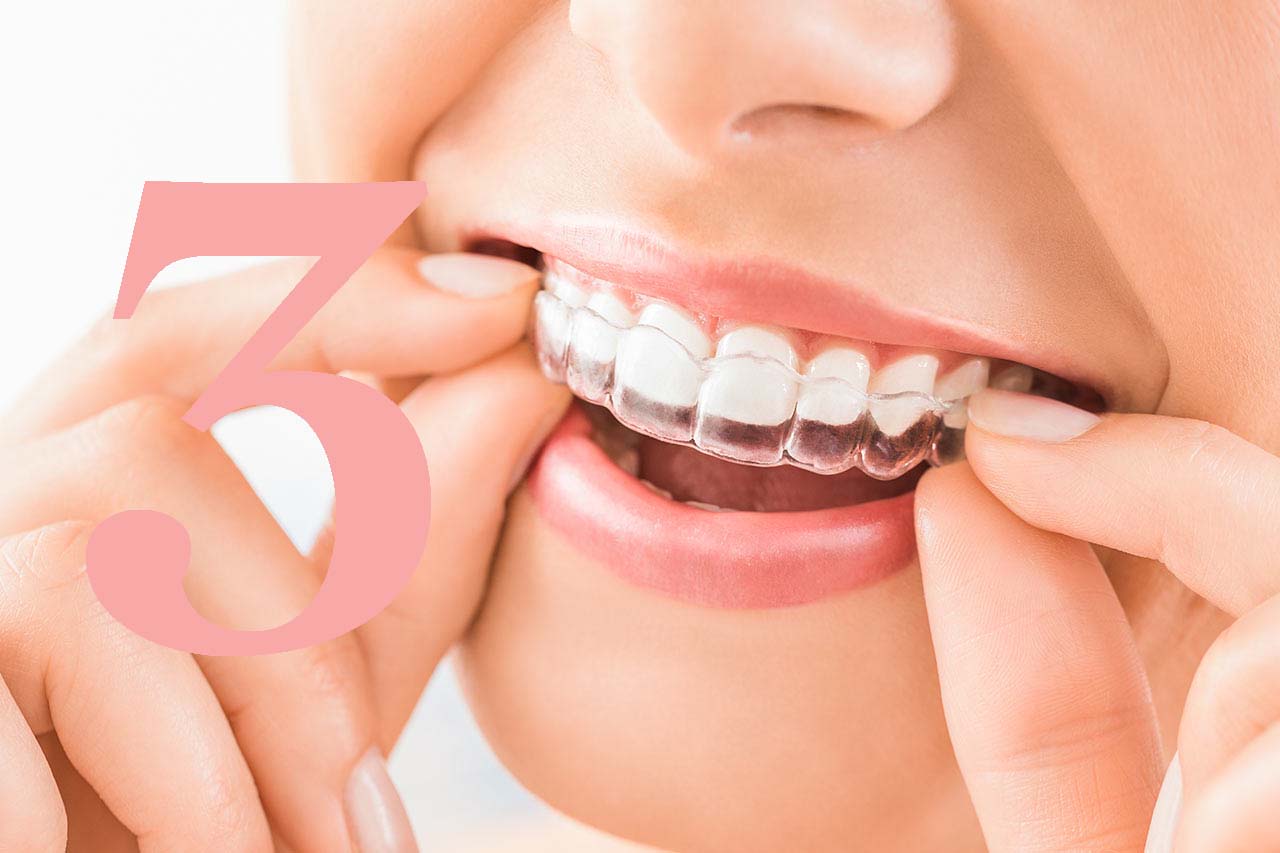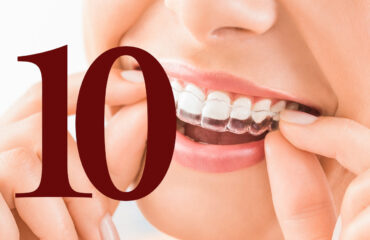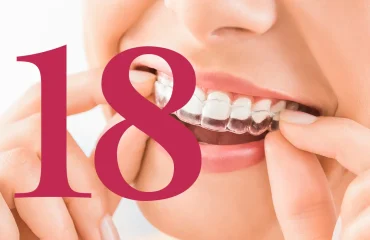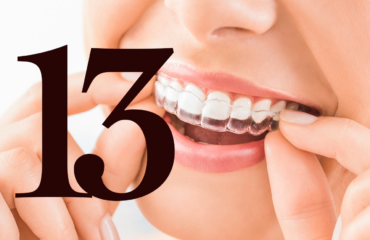
My journey continues to go well…
Tray/aligners #4 have not felt significantly different and there are no intense sensations. I think my smile is improving a bit. I have noticed that I can floss faster and more efficiently; I suppose the teeth that had been crossing over each other forcing me to ‘wedge’ in the floss are separating and moving enough so the floss can fit in between my teeth…
Win Win!
I continue to ask many questions to Dr. Gallagher and Dr. Kuhn, and they are terrific about answering me without judgment. I found out that the tooth that had been giving me sensation is #20. And it seems that since I found out the number there is no more discomfort (information is power).
I have noticed that my lower teeth, home of #20, are less straight (more crooked) than my upper teeth. I have learned that this is my mandibular arch (lower) and maxillary arch (upper). I asked Dr. G if I would need to wear an aligner longer on my lower teeth than my upper teeth. He explained that I would not, that ‘Invisalign’ designs the aligners to address these differences – good to know.
I’ll be honest…
when I was growing up teenagers got braces in middle or high school when their teeth were crooked, and they had a ‘less than attractive’ smile. Some kids got braces, and some did not, I had never heard of the word ‘orthodontics’ then. When I was a junior in high school the vice principal of my school got braces and I thought,’…oh my goodness, she is OLD – WHY IS SHE GETTING BRACES?!?!’ (She was not old) Then I learned that she was not happy with her smile and that she was having pain in her jaw, which I now know as tempo-mandibular-joint disorder or TMD. This can be tremendously stressful, contributing to eating problems, ear issues, headaches, back pain, etc. So – I guess my VP was on to something. I asked Dr. Gallagher about this, and he explained the relationship between appropriate alignment and overall postural and skeletal health. He shared a story about a patient who was unable to recline during an appointment because of the discomfort it caused her. He suggested to the patient that orthodontic treatment would improve her bite, her chewing, the position of her mouth at rest and OVERALL diminish her skeletal/back pain. She decided to get braces (Invisalign was not available then) and everything (including her back/shoulder/body pain) improved –
WOW!
Evidently an improved alignment of your teeth will enable your bite to work correctly. This will allow the tempo mandibular joint (the only joint in your head) to move smoothly, decreasing headaches/migraines and discomfort. After orthodontic treatment (including Invisalign) a person can chew more easily. I decided to do a little research of my own.
According to Dr. Graber, (graberandgyllenhaalorthodintics.com) here are seven health benefits of having straight teeth:
1 – linked to better digestion – chewing gets the digestion process going.
2 – It is easier to keep your teeth clean and healthy — helping to prevent periodontal disease.
3 – improved and clearer speech – misaligned teeth make it difficult to produce certain sounds.
4 – decreased lower neck and head pain – less stress on joints and jawbone.
5 – fewer breaks, chips, and cracks – crooked or protruding teeth are easier to crack or break.
6 – less wear and tear – the straighter the teeth, the less stress you are placing on gums and jaw.
7 – increased self-confidence –
MORE SMILING!
Thank you, Dr. Graber! On to #5 . . .
– Louise C.









